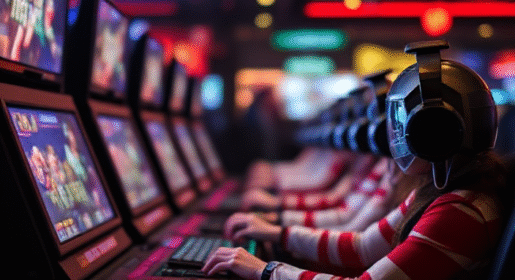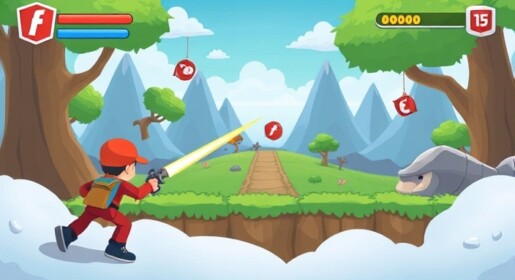Top VR Game Niches for Indie Developers
The world of Virtual Reality (VR) gaming is growing rapidly,…
User Acquisition Strategies That Work in a Post-IDFA World
When Apple rolled out iOS 14.5, it shook up the…
Top 5 Mobile Game Development Tools You Shouldn’t Ignore in 2025
Mobile gaming is more popular than ever, and the tools…
The Rise of Hyper-Immersive Mobile Games Worldwide: What’s Fueling It?
Mobile games have come a long way from the days…
Maximizing Revenue through AI: Personalized Game Monetization Strategies
In today’s fast-paced gaming industry, leveraging artificial intelligence (AI) has…
Inside the Gaming Economy: How Companies Make Money
The gaming industry has evolved into one of the most…
Real Money Games and Global Regulation: Challenges and Strategies
The rise of real money games has been one of…
How Much Does It Cost to Make a Mobile Game? A Clear Formula and the Highest-Grossing Genres in 2025
The mobile gaming industry has grown into a multi-billion-dollar juggernaut,…
Navigating External Partnerships in Game Development
Game development is a complex, multifaceted process that often requires…
10 Expert Tips for Enhancing Multiplayer Game Performance in Unity
Creating a multiplayer game in Unity can be an exciting…









